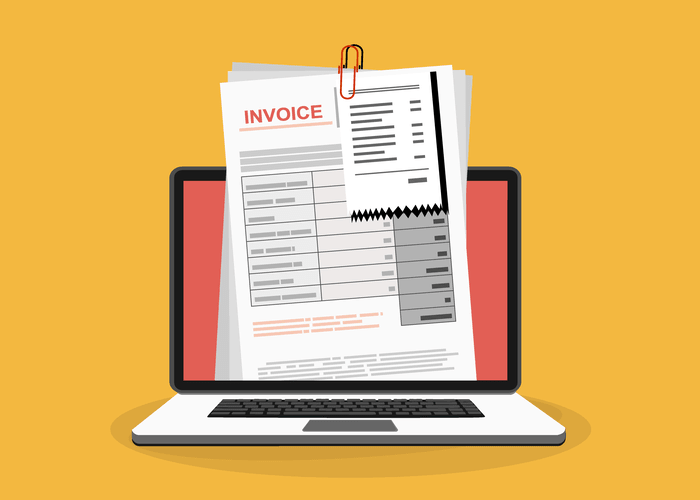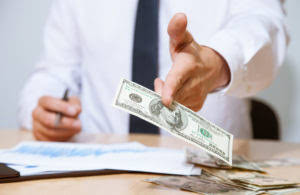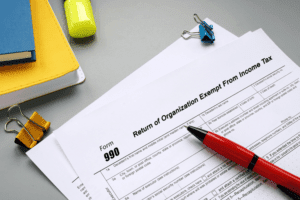What small business owners should know about the depreciation of property deduction Internal Revenue Service

The property can’t be “excepted.” This includes “certain intangible property, certain term interests, equipment used to build capital improvements, and property placed in service and disposed of in the same year,” according to the IRS. The other limitation on these expenses is that they must be “reasonable” and directly “related” to your business. It probably wouldn’t be considered reasonable for the budget-oriented leasing company to expense maintenance expenses on a boat its customers would probably never see. The general rule is that you can write off your daily operating business purchases, such as office supplies or mileage on your business vehicle, as expenses. This involves subtracting them from your gross, overall income so Bookkeeping for Chiropractors you pay taxes on less income in that year.
- If you do not claim depreciation you are entitled to deduct, you must still reduce the basis of the property by the full amount of depreciation allowable.
- The corporation first multiplies the basis ($1,000) by 40% (the declining balance rate) to get the depreciation for a full tax year of $400.
- Dean does not have to include section 179 partnership costs to figure any reduction in the dollar limit, so the total section 179 costs for the year are not more than $2,890,000 and the dollar limit is not reduced.
- The IRS provides worksheets to help with calculating depreciation using MACRS.
- The events must be open to the public for the price of admission.
- If you made this election, continue to use the same method and recovery period for that property.
What Is Depreciable Property?
- The depreciation allowance for the GAA in 2024 is $3,200 ($10,000 − $2,000) × 40% (0.40).
- If you elect not to apply the uniform capitalization rules to any plant produced in your farming business, you must use ADS.
- It also includes plumbing fixtures such as sinks, bathtubs, electrical wiring and lighting fixtures, and other parts that form the structure.
- Notably, this list does not include land, which is not considered a depreciable asset.
The deduction limits apply to an S corporation and to each shareholder. The S corporation allocates its deduction to the shareholders who then take their section 179 deduction subject to the limits. The section 179 deduction limits apply both to the partnership and to each partner.
Property Acquired by Purchase
You must figure depreciation for the short tax year and each later tax year as explained next. To determine if you must use the mid-quarter convention, compare the basis of property you place in service in the last 3 months of your tax year to that of property you place in service during the full tax year. If you have a short tax year of 3 months or less, use the mid-quarter convention for all applicable property you place in service during that tax year. For a short tax year not beginning on the first day of a month and not ending on the last day of a month, the tax year consists of the number of days in the tax year.
- This determination is made on the basis of the facts and circumstances in each case and takes into account the nature of your business in its entirety.
- It’s unlikely that the company would be taking them on pleasure cruises in the ordinary course of business.
- Its main disadvantage is that it is difficult to apply to many real-life situations, as it is not always easy to estimate how many units an asset can produce before it reaches the end of its useful life.
- Your use of either the General Depreciation System (GDS) or the Alternative Depreciation System (ADS) to depreciate property under MACRS determines what depreciation method and recovery period you use.
- If there is a gain, the amount subject to recapture as ordinary income is the smaller of the following.
- The numerator of the fraction is the number of months (including parts of months) the property is treated as in service in the tax year (applying the applicable convention).
- You also use the item of listed property 40% of the time in your part-time consumer research business.
TurboTax Online: Important Details about Filing Simple Form 1040 Returns

You multiply the reduced adjusted basis ($58) by 100% to arrive at the depreciation deduction for the sixth year ($58). If you hold the property for the entire recovery period, your depreciation deduction for the year that includes the final month of the recovery period is the amount of your unrecovered basis in the property. Instead of using the rates in the percentage tables to figure your depreciation deduction, you can figure it yourself. Before making the computation each year, you must reduce your adjusted basis in the property by the depreciation claimed the previous year(s).


During the time the asset is in use, an accounting transaction takes place in which a certain amount of the cost of the asset is put into a depreciation expense account, and the initial cost of the asset is reduced by the same amount. At the end of the year, accumulated depreciation for the year is shown on the business financial statements, along with the initial cost of all the property being depreciated. While many landlords require a tenant to pay to be screened, others consider the cost of tenant screening as a normal business expense. Fees paid by a landlord for tenant screening reports such as a credit check, rental history and eviction report, and criminal background check are rental property tax deductions. The Qualified Business Income (QBI) deduction allows many rental property owners to deduct 20% of the income from a rental property business from the total taxable business income amount. Claiming this pass-through deduction for real estate can be complicated, which is why many investors seek guidance from a tax professional.

Straight-line depreciation

Other real estate closing costs such as recording fees, transfer taxes, and title insurance must be added to the cost basis of the residential property and depreciated over 27.5 years. Small businesses can depreciate property when recording transactions they place it in service for use in their trade or business or to produce income. The business stops depreciating property when they have fully recovered their cost or other basis or when they retire it from service, whichever happens first. If the activity or the property is not included in either table, check the end of Table B-2 to find Certain Property for Which Recovery Periods Assigned. This property generally has a recovery period of 7 years for GDS or 12 years for ADS.
Recapture of Excess Depreciation
Assume this GAA uses the 200% declining balance depreciation method, a 5-year recovery period, and a half-year convention. Sankofa does not claim the section 179 deduction and the machines do not qualify for a special depreciation allowance. As of January depreciable items 1, 2023, the depreciation reserve account for the GAA is $93,600. To figure your depreciation deduction under MACRS, you first determine the depreciation system, property class, placed in service date, basis amount, recovery period, convention, and depreciation method that apply to your property. You can figure it using a percentage table provided by the IRS, or you can figure it yourself without using the table. There is no unrecovered basis at the end of the recovery period because you are considered to have used this property 100% for business and investment purposes during all of the recovery period.
